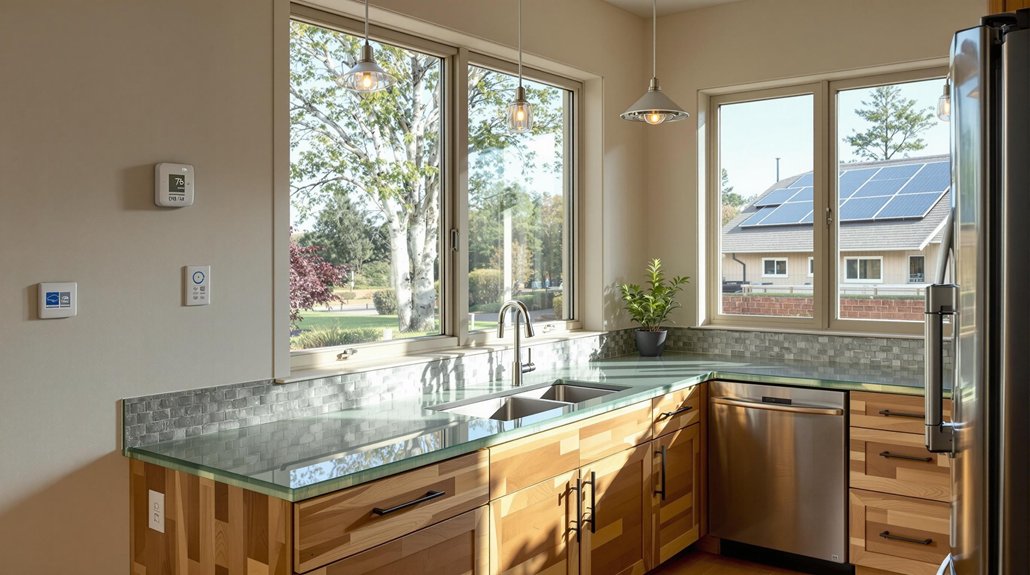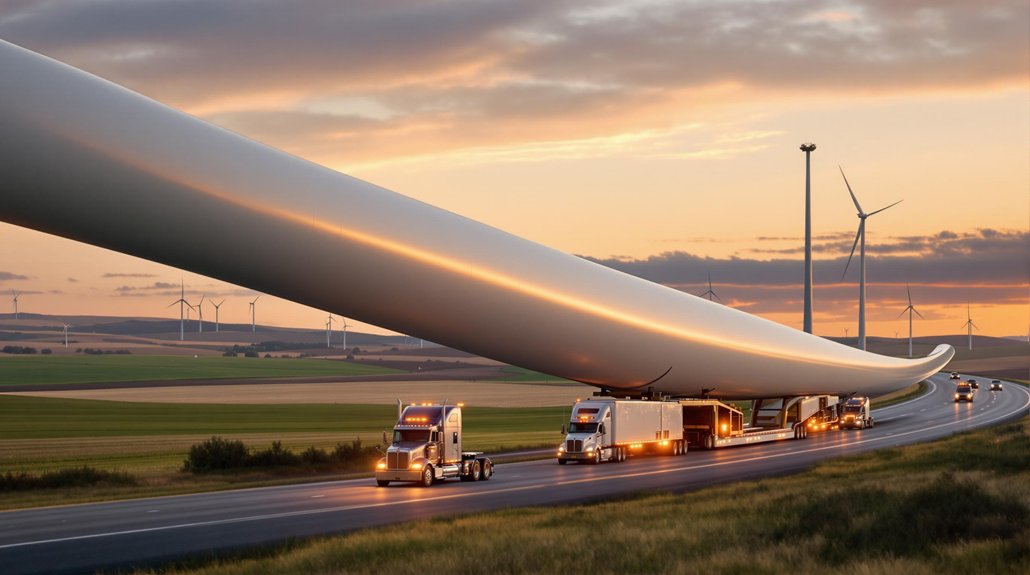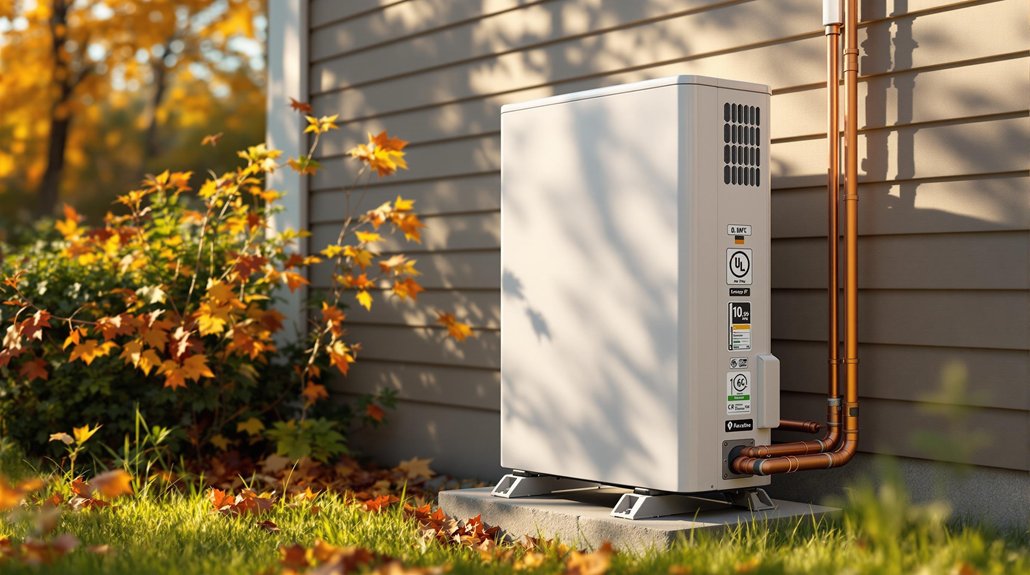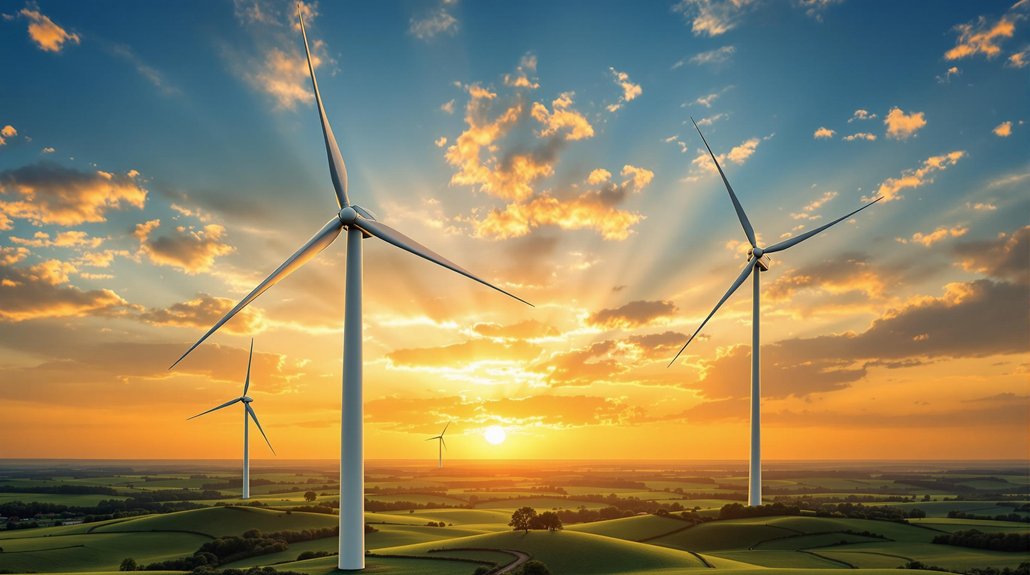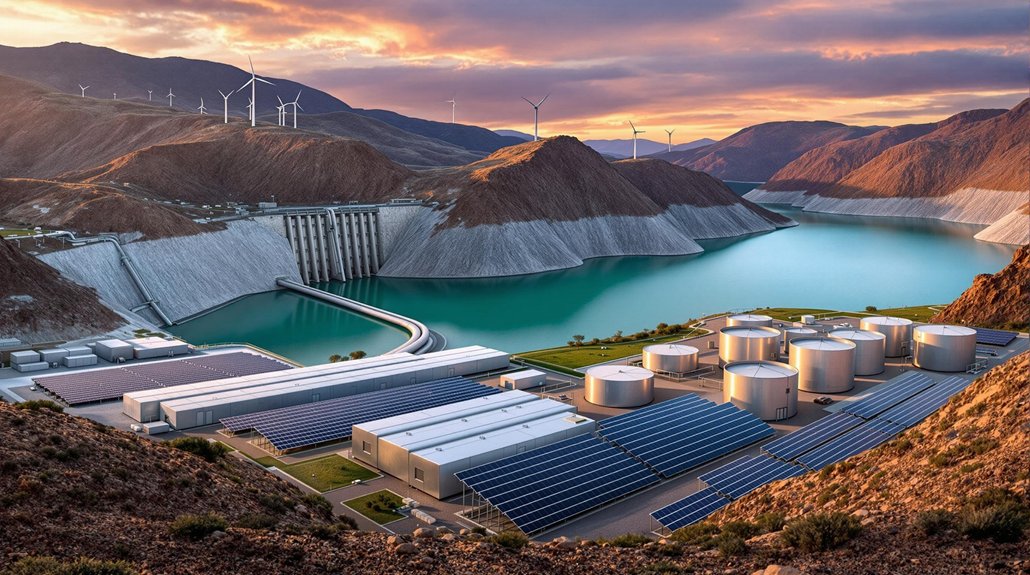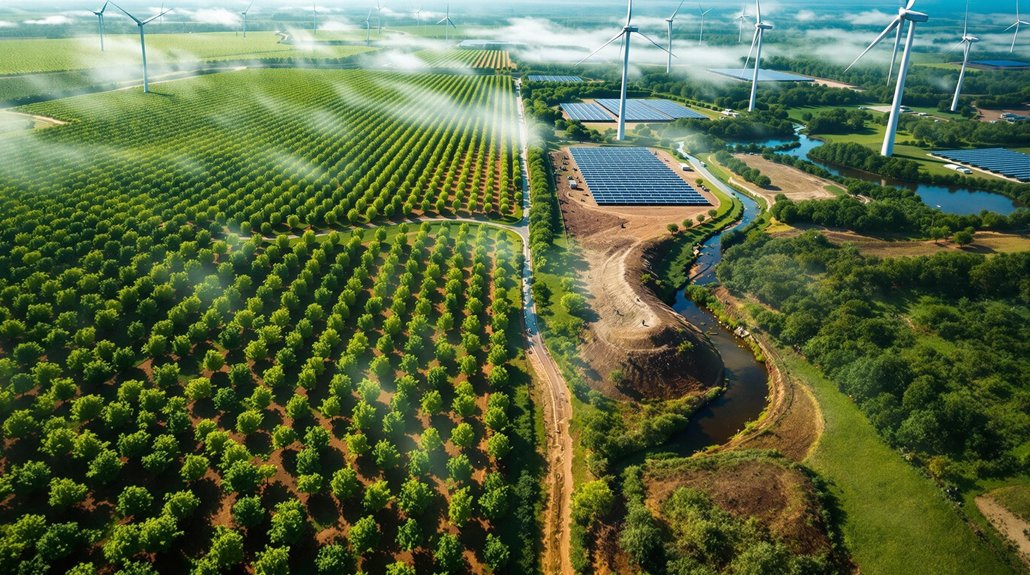Green home renovations focus on five key areas. Energy efficiency upgrades include better windows, insulation, and smart thermostats. Sustainable materials like reclaimed wood and low-VOC paints reduce environmental impact. Water conservation features such as low-flow fixtures and rainwater harvesting save resources. Indoor air quality improves with proper ventilation and natural cleaning products. Renewable energy systems, including solar panels and geothermal heating, complete a truly eco-friendly remodel. These approaches offer both environmental and financial benefits.
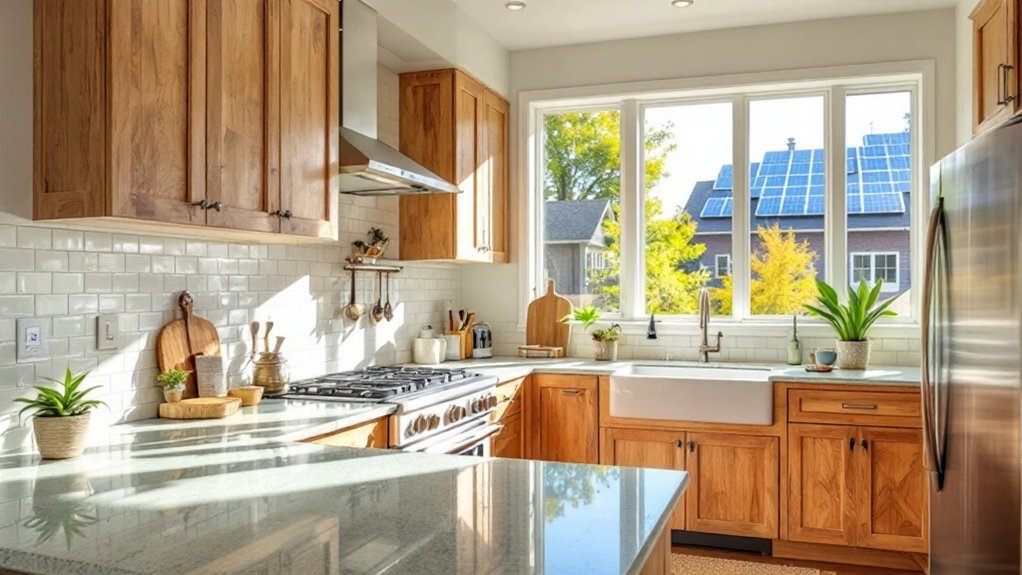
As homeowners become more conscious of their environmental impact, eco-friendly renovations are gaining popularity across the country. Many people are choosing to make their homes more sustainable through various green remodeling practices. These changes not only help the environment but can also reduce utility bills and create healthier living spaces.
Energy efficiency is a key focus for green renovations. Homeowners are installing better windows and doors to prevent heat loss. Having a professional conduct energy audits can identify cracks, leaks, and insulation issues that impact efficiency. They’re also switching to ENERGY STAR appliances that use less electricity. Adding insulation to walls, attics, and floors helps maintain comfortable temperatures with less energy. Smart thermostats allow for automatic temperature adjustments, while LED lighting cuts electricity use. Studies show that LEED-certified homes consume 20-30% less energy than traditional construction.
Energy-efficient upgrades create comfortable, cost-effective homes while reducing your carbon footprint.
Sustainable materials are becoming standard in eco-friendly homes. Reclaimed wood gives new life to old trees for flooring and furniture. Low-VOC paints release fewer harmful chemicals into the air. Countertops made from recycled glass or concrete reduce the need for new resources. Renewable flooring options like bamboo and cork grow back quickly, unlike traditional hardwoods.
Water conservation features are now common in green homes. Low-flow fixtures in bathrooms and kitchens reduce water waste. Greywater systems reuse water from sinks and showers for garden irrigation. Drought-resistant plants need less watering, while rainwater harvesting systems collect free water for outdoor use.
Indoor air quality improvements make homes healthier. Natural cleaning products contain fewer toxins. Good ventilation removes stale air and pollutants. Formaldehyde-free materials prevent harmful gas emissions. Indoor plants naturally filter air, while HEPA air purifiers remove tiny particles.
Renewable energy systems are becoming more affordable. Solar panels generate clean electricity from sunlight. Geothermal systems use earth’s stable temperatures for efficient heating and cooling. Solar water heaters reduce the energy needed for hot water. Many homeowners are integrating multiple renewable sources to achieve greater energy independence and sustainability.
Smart home technology helps manage resource use. Energy monitoring systems track electricity consumption. Smart power strips prevent phantom energy waste from electronics. Automated lighting and window treatments adjust based on time of day and temperature needs, making eco-friendly living easier than ever.
Frequently Asked Questions
How Much Does Green Remodeling Typically Cost Versus Traditional Renovation?
Green remodeling typically costs 10-50% more upfront than traditional renovation projects.
Specific green upgrades vary in price premium: kitchen remodels run 10-20% higher, bathrooms 15-25% more, and energy-efficient windows 30-50% extra.
While initial costs are higher, homeowners often recover investments through reduced utility bills (20-30% annually), longer-lasting materials, and increased home value (about 9% higher resale value on average).
Can Eco-Friendly Renovations Be Done in Stages or Small Projects?
Eco-friendly renovations can be broken down into manageable stages.
Homeowners often start with simple projects like LED lighting or low-flow fixtures. According to industry experts, this step-by-step approach helps spread costs over time.
Many begin with energy-efficient upgrades that offer quick returns through lower utility bills. Small projects like installing programmable thermostats or adding insulation can be completed in a weekend.
What Certifications Should I Look for in Eco-Friendly Contractors?
Homeowners seeking eco-friendly contractors should consider several key certifications.
LEED credentials indicate expertise in energy efficiency and sustainable building practices.
NAHB’s Certified Green Professional designation requires industry experience and specific training.
The Green Certified Professional certification focuses on residential remodeling with green principles.
Building Performance Institute certifications demonstrate knowledge in energy efficiency analysis.
These credentials verify a contractor’s training and commitment to environmentally responsible construction techniques.
How Do Green Renovations Affect Home Resale Value?
Green renovations typically boost home resale values.
Studies show green-certified homes sell for 2.7-3% more on average, while homes with solar panels fetch 4.1% higher prices.
Energy-efficient windows and insulation upgrades offer excellent returns, with insulation recouping 100% of costs.
Most buyers prefer Energy Star-rated features, including windows (83%) and appliances (81%).
However, challenges exist as appraisers sometimes struggle to properly value these eco-friendly improvements.
Are There Tax Incentives Available for Eco-Friendly Home Improvements?
Homeowners can access substantial tax incentives for eco-friendly improvements.
The federal government offers the Energy Efficient Home Improvement Credit, providing up to $3,200 annually through 2032.
There’s also the Residential Clean Energy Credit covering 30% of solar and wind costs.
States and utility companies offer additional rebates, tax credits, and low-interest loan programs.
Energy Star appliances, solar panels, and efficient windows typically qualify for these benefits.
